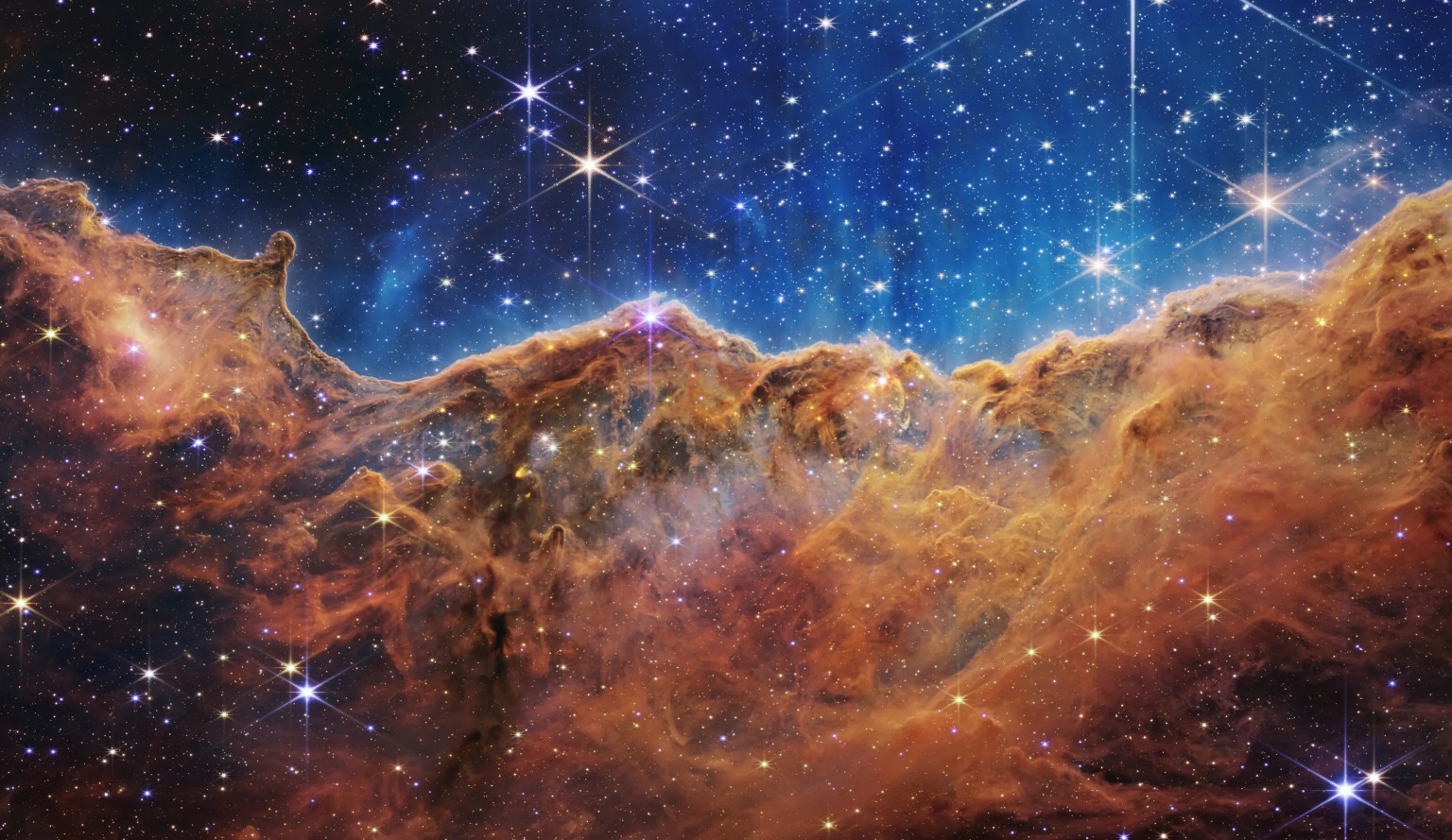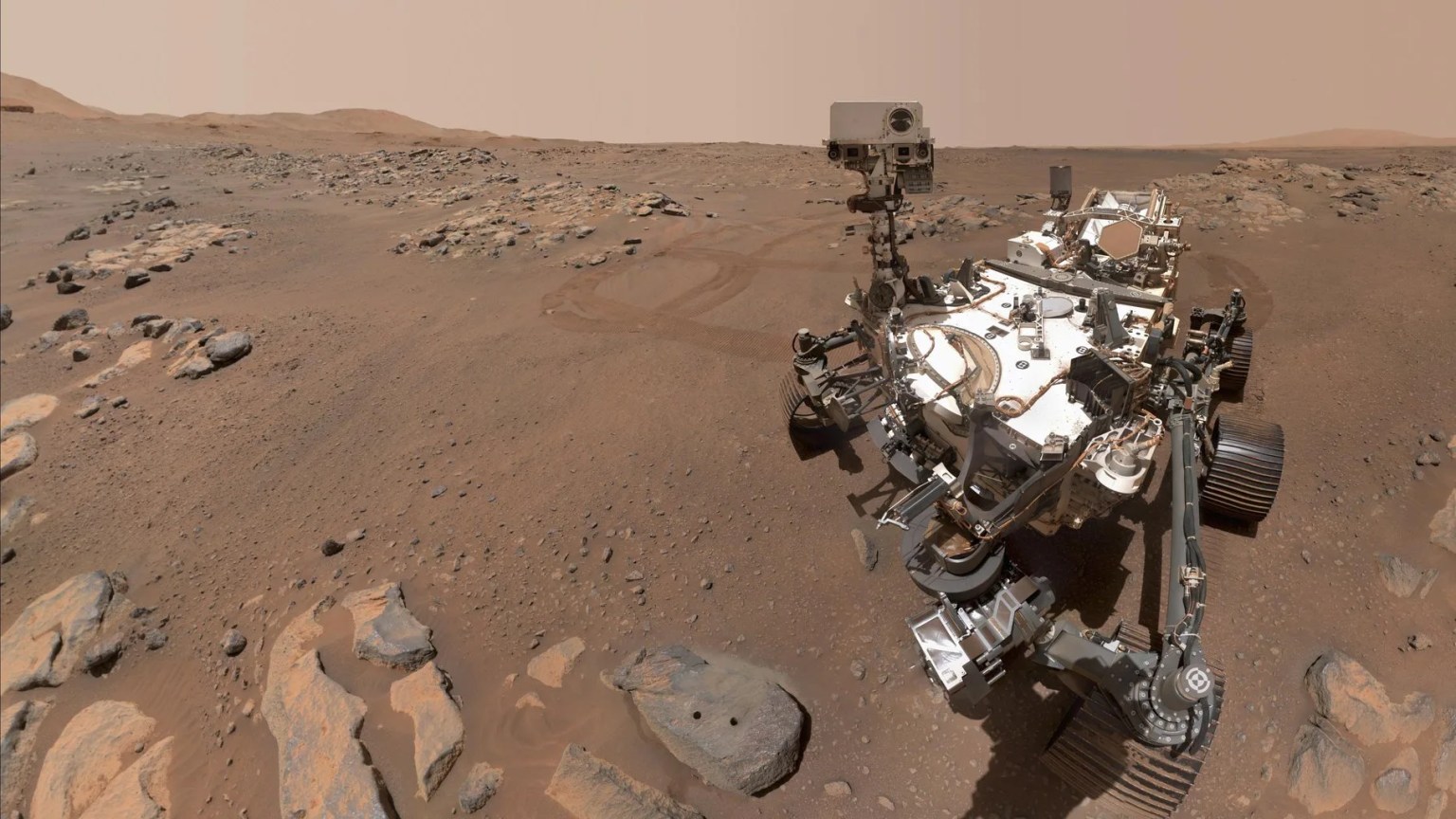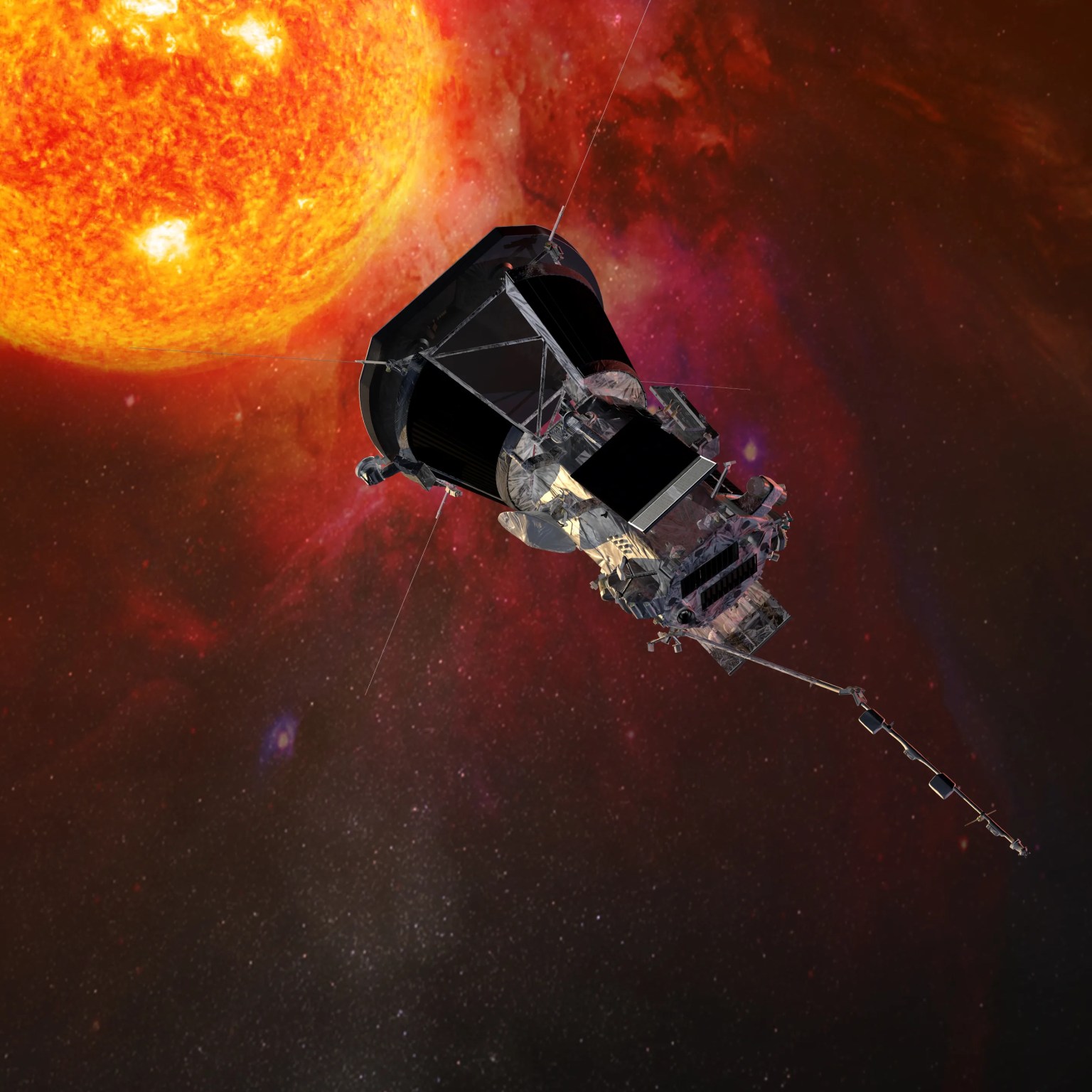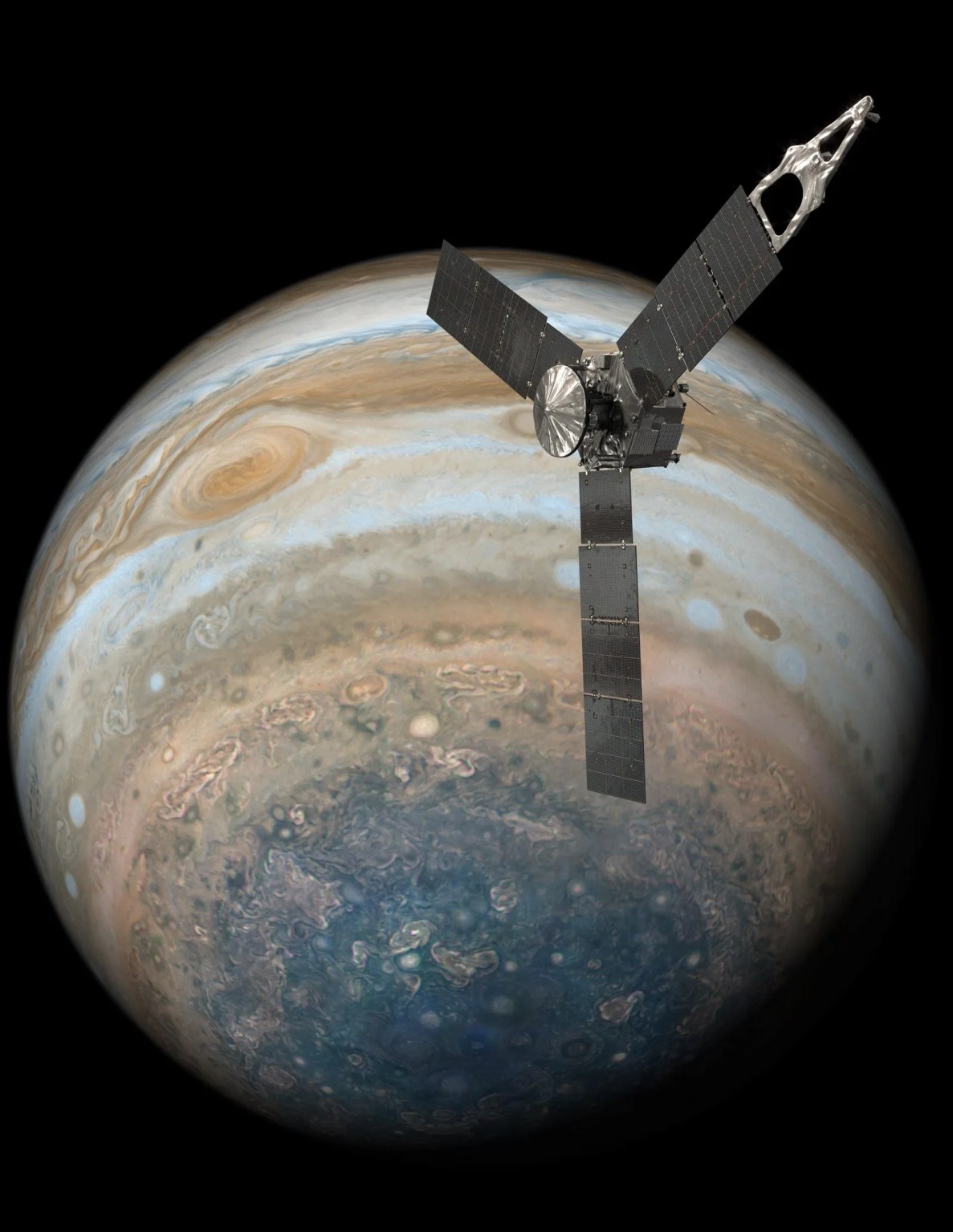NASA’s Astrophysics Division established three focused programs that provide an intellectual framework for advancing science and strategic planning: Physics of the Cosmos (PhysCOS), Cosmic Origins (COR), and Exoplanet Exploration (ExEP). Each program primarily addresses one of the three most fundamental questions related to astrophysics: “How did we get here?” (COR), “How does the universe work?” (PhysCOS), and “Are we alone?” (ExEP). Two cross-cutting programs complement these focused programs: the Astrophysics Explorers Program, which develops and operates smaller, principal investigator (PI)-led missions, and the Astrophysics Research Program, which supports basic and applied research activities that include suborbital flight investigations as well as the development and maturation of technologies for future strategic and competed missions.
Physics of the Cosmos
The Physics of the Cosmos (PhysCOS) Program lies at the intersection of physics and astronomy. Its purpose is to explore some of the most fundamental questions regarding the physical forces and laws of the universe: the validity of Einstein's General Theory of Relativity and the nature of spacetime, the behavior of matter and energy in extreme environments, the cosmological parameters governing inflation and the evolution of the universe, and the nature of dark matter and dark energy.
Cosmic Origins
The Cosmic Origins Program covers a broad range of topics that are fundamental to our understanding of the evolution of structure in the universe and the physical processes that can explain the formation of galaxies, stars, and planets that we observe today. The Cosmic Origins Program includes telescopes that operate together across much of the electromagnetic spectrum. From the iconic Hubble Space Telescope’s groundbreaking science to the new discoveries with the James Webb Space Telescope and more to come, Cosmic Origins’ facilities help us in our search for answers to the biggest questions about our universe and its origins.
Exoplanet Exploration
The Exoplanet Exploration Program (ExEP) is responsible for implementing NASA’s plans for the discovery and understanding of planetary systems around nearby stars to characterize the diversity of other worlds and search for solar systems like ours. These investigations and the missions that carry them out are designed to build on each other's success, each providing an essential step forward toward the goal of discovering habitable planets and providing definitive evidence of life beyond our solar system. ExEP serves the science community and NASA by acting as a focal point for exoplanet science and technology, and by the integration of cohesive strategies for future discoveries.
Astrophysics Explorers
Small- and medium-class, PI-led Astrophysics missions, as well as Astrophysics missions of opportunity, are selected under the Astrophysics Explorers Program, and are managed by the Astrophysics Division. Explorers are opportunities for focused scientific investigations and fill the scientific gaps between the larger missions.
Astrophysics Research
NASA Balloon Program: Large unmanned helium balloons provide NASA with an inexpensive means to place payloads into a space environment. The unique capabilities of this program are crucial for the development of new technologies and payloads for NASA's space flight missions. Many important scientific observations in fields such as hard x-ray/gamma-ray and infrared astronomy, cosmic rays, and atmospheric studies have been made from balloons. The newly developed capability is focused on thin-film high altitude balloons for higher altitude flights and super pressure balloons for long duration flights, which has greatly expanded the opportunities for scientific studies from balloons.
NASA Sounding Rockets (managed by Heliophysics Division): Sounding rockets carry scientific instruments into space along parabolic trajectories, providing nearly vertical traversals along their upleg and downleg, while appearing to "hover" near their apogee location. Whereas the overall time in space is brief (typically 5-20 minutes), for a well-placed scientific experiment launched into a geophysical phenomenon of interest, the short time and low vehicle speeds are more than adequate (in some cases they are ideal) to carry out a successful scientific experiment. Furthermore, there are some important regions of space that are too low to be sampled by satellites (i.e., the lower ionosphere/thermosphere and mesosphere below 120 km altitude) and thus sounding rockets provide the only platforms that can carry out direct in-situ measurements in these regions.
Pioneers Program: Established in 2020, the Pioneers Program enables compelling and cost-effective astrophysics science using smaller hardware than missions in the Explorers Program, including SmallSats, major Balloon payloads, and modest payloads attached to the International Space Station with a $20 million cost cap.
Astrophysics Division Technology: The science missions of the Astrophysics Division are enabled by technologies developed through the Division’s technology development programs aimed at supporting early phase mission development. The Division receives periodic input from various advisory groups and the Astronomy and Astrophysics Decadal Survey to plan future science missions and identify the necessary technology development to enable those missions.
Astrophysics Strategic Missions Program
The Astrophysics Strategic Missions Program (ASMP) consists of large, strategic missions that seek to advance high-priority science objectives set forth by the astrophysics science community to understand how the universe works, explore how it began and evolved, and search for life on planets around other stars. ASMP is implementing the Nancy Grace Roman Space Telescope, a mandate from the 2010 Decadal Survey in Astronomy and Astrophysics. After Roman, the Habitable Worlds Observatory (HWO), the top priority of the 2020 Decadal Survey in Astronomy and Astrophysics, will be NASA’s next flagship space telescope optimized to search for Earth-like planets.
Habitable Worlds Observatory
The Habitable Worlds Observatory is a large infrared/optical/ultraviolet space telescope recommended by the National Academies’ Pathways to Discovery in Astronomy and Astrophysics for the 2020s. It would be the first telescope designed specifically to search for signs of life on planets orbiting other stars. NASA is further prioritizing its long-running search for life in the universe and laying the groundwork for its next flagship astrophysics mission after the Nancy Grace Roman Space Telescope (slated to launch by May 2027). This observatory would simultaneously provide powerful capabilities for transformational astrophysics discoveries, from our cosmic backyard of the solar system to the distant universe and everything in between.
Mission Operations
Space Science Mission Operations
The Space Science Mission Operations (SSMO) Project at Goddard Space Flight Center in Greenbelt, MD manages operations for heliophysics, astrophysics, and planetary science missions. SSMO is also involved in mission concept development, ground system development, integration and testing, and operations readiness preparations.
Hubble Space Telescope Mission Operations
Since its 1990 launch, the Hubble Space Telescope has changed our fundamental understanding of the universe. The Hubble Space Telescope Operations Project at Goddard Space Flight Center in Greenbelt, MD, oversees the health, safety, and performance of the telescope. It monitors and commands the spacecraft, responds to problems, develops flight software, upgrades hardware and software, and maintains the network and ground systems.
James Webb Space Telescope Mission Operations
The James Webb Space Telescope is the premier observatory of the next decade, serving thousands of astronomers worldwide since its launch in December 2021. The Webb Mission Operations Center at the Space Telescope Science Institute in Baltimore, MD, commands and controls the telescope, develops and releases software, and responds if the telescope experiences an anomaly.






























